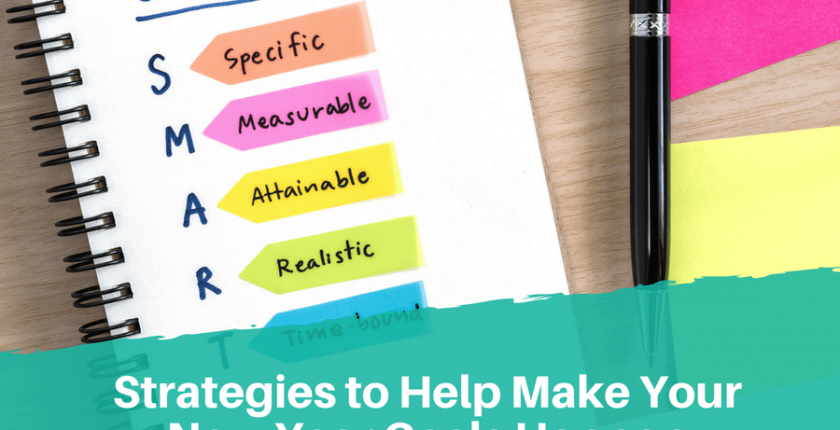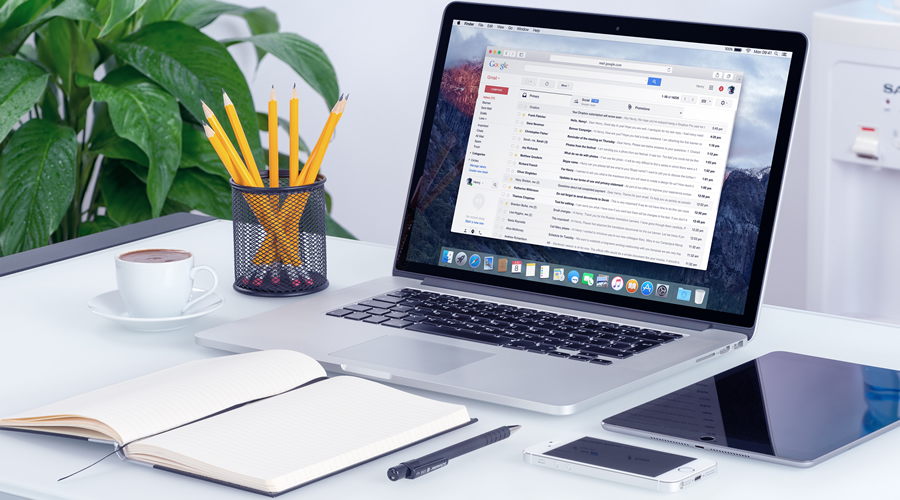
We all know email is a necessary evil. It’s an integral part of every workplace and there’s no sign of it going away anytime soon. But when email is not managed properly it can be a huge time waster, constantly interrupting our day and zapping our productivity levels.
On some days we can feel completely bogged down by the volume of emails landing in our inbox. According to the latest statistics gathered by The Radicati Group Inc, workers receive on average 122 emails per day. And that figure will jump to 126 emails per day by 2019, as worldwide email use continues to grow.
On a global scale, the number of emails sent and received per day in 2015 was over 205 billion. It’s predicted to reach over 246 billion by the end of 2019.
And did you know, only around 40% of emails that land in your inbox are considered important and actually deserve your attention. We spend around 13 hours a week reading and responding to emails, so when 60% of them are unimportant that’s a massive time waster.
To add to the problem, many of us have more than one email account to our names. It’s like having multiple to-do lists that everyone can write on!
It’s no wonder we feel like email is taking over our lives. So how do we best handle email to ensure it doesn’t overwhelm us? Based on our research, here are some tips.
Do a quick scan at the beginning of each day
To start your day, perform a quick scan of your Inbox for urgent and important items. Check the names of the senders, the subject and time and work on those that need your immediate attention only. Then close your Inbox and come back to your other messages at a scheduled time later in the day, which leads to our next tip…
Check emails at specific times
Many people have a habit of checking emails 15 to 20 times a day but this isn’t a good idea. Constantly being in ‘reactive mode’ is a killer for your productivity. In fact, studies also show it can lead to stress because the time wasted on checking emails means you struggle to find time in your day to work on the more important tasks you need to focus on. (We also talked about this in our recent blog article, how to prevent burnout as a remote worker.)
When you’re working on a task that needs your full attention, mute the sound on your computer or mobile device so you’re not distracted every time a message arrives. And set specific times during your work day when you check your emails. Three times a day is manageable for most people – so do your first scan at the beginning of the day, then check again after lunch, and at the end of your day.
If your job relies heavily on email then you might want to increase it to 5 times a day, checking your inbox mid-morning and mid-afternoon as well.
Send a brief acknowledgement & follow-up later
Unless it’s something urgent that warrants an immediate and quick reply, think about replying in stages. If you know the sender might be expecting a quick turnaround time, send a brief acknowledgement to say you received their message and advise them you’ll follow-up in more detail at a later stage. Be sure to give them a timeframe and stick to it.
This is advisable when you receive a message that needs further thought and consideration, or perhaps one that has made you upset or angry. It’s always better to ‘cool-off’ before firing off a reply to messages of that nature.
Use apps to help manage your inbox
There are plenty of great tools available to help you manage your overflowing inbox and reduce spam. Here are a few you might like to check out:
- Unroll.me
This tool will collate all your subscription emails into what they call a ‘rollup’ so you can receive them all together at a specific time each day. It also makes it easy to do a mass unsubscribe to cull emails you no longer want. - FollowUpThen
FollowUpThen works on any email platform and allows you to send yourself a follow-up reminder for your emails. It cuts down your Inbox clutter so you only see what you need to at the time it requires your attention. - SaneBox
SaneBox uses powerful algorithms to filter your inbox so it only displays the most important messages. Everything else is categorised and summarised in a daily digest. It then makes it very easy to delete what you don’t need. - Hiver
Hiver turns your Gmail into a simple, powerful collaboration tool. It lets you share Gmail labels with other Gmail users, providing a great way to manage customer support, sales and tasks without leaving your inbox.
Think twice before emailing
It’s so easy to fire back a reply to an email when sometimes it’s best to pick up the phone, jump on a video call, or chat online. So before hitting the send button, just evaluate whether you think it might result in a long email thread. We realise it’s good to have things documented to refer back to, but this can be done by way of a summary email after a discussion. Far more efficient.
Don’t use email to manage projects
If you’re collaborating on projects with internal team members or with external clients, it’s best not to use email. It’s surprising how many project managers and solo freelancers still do though. Using email is just too inefficient. It’s almost impossible to keep track of everything that’s going on when tasks are stored within email messages – particularly when you’re working with a large team.
Instead use a dedicated, central storage system for projects and tasks. Systems like Basecamp, Asana, Trello, and ActiveCollab are just a few of the popular ones. They also include functionality specific to project management that your email inbox won’t provide for, including to-do lists, time recording, reporting, Gantt charts, and more. This article will give you a run down of the top 10 project management tools for consideration.
We hope you find these tips useful.


